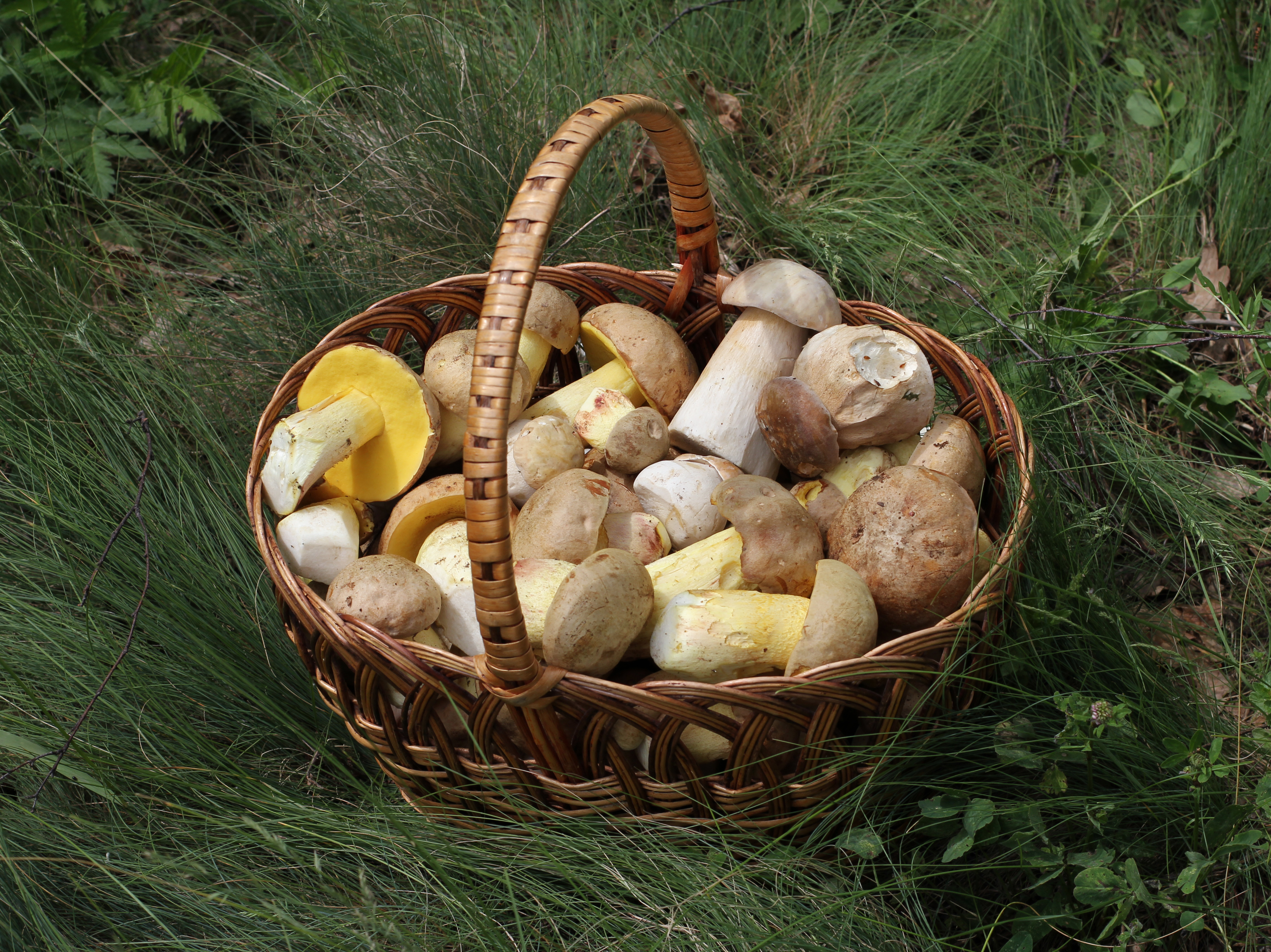|
La Tour-du-Pin
La Tour-du-Pin (; frp, La Tor-du-Pin) is a subprefecture of the Isère department in the Auvergne-Rhône-Alpes region in Southeastern France. In 2018, the commune had a population of 8,137. Geography The Bourbre flows west through the southern part of the commune and crosses the town. The town's lowest point is at and the highest at . Chateau-tournin-isere.jpg, Château de Tournin Gare de la Tour du Pin (38).JPG, La Tour-du-Pin station Halles de La Tour-du-Pin.jpg, Halles Vue de la Tour-du-Pin depuis l'église.jpg, General view Sous-Préfecture de la Tour-du-Pin.jpg, Subprefecture building Population and society Education There are three public nursery and elementary schools (École Jean Rostand, École Albert Thevenon, and École Louis Pasteur) and one private nursery and primary school, the École St Joseph. There are also two public middle schools: the Collège Les Dauphins and the Collège Le Calloud, and one private middle school, the Collège St Bruno, there is o ... [...More Info...] [...Related Items...] OR: [Wikipedia] [Google] [Baidu] |
Subprefectures In France
In France, a subprefecture (french: sous-préfecture) is the commune which is the administrative centre of a departmental arrondissement that does not contain the prefecture for its department. The term also applies to the building that houses the administrative headquarters for an arrondissement. Senate (in French). The civil servant in charge of a subprefecture is the subprefect, assisted by a general secretary. ... [...More Info...] [...Related Items...] OR: [Wikipedia] [Google] [Baidu] |
Louis Pasteur
Louis Pasteur (, ; 27 December 1822 – 28 September 1895) was a French chemist and microbiologist renowned for his discoveries of the principles of vaccination, microbial fermentation and pasteurization, the latter of which was named after him. His research in chemistry led to remarkable breakthroughs in the understanding of the causes and preventions of diseases, which laid down the foundations of hygiene, public health and much of modern medicine. His works are credited to saving millions of lives through the developments of vaccines for rabies and anthrax. He is regarded as one of the founders of modern bacteriology and has been honored as the "father of bacteriology" and the "father of microbiology" (together with Robert Koch; the latter epithet also attributed to Antonie van Leeuwenhoek). Pasteur was responsible for disproving the doctrine of spontaneous generation. Under the auspices of the French Academy of Sciences, his experiment demonstrated that in sterilized ... [...More Info...] [...Related Items...] OR: [Wikipedia] [Google] [Baidu] |
Communes Of Isère
An intentional community is a voluntary residential community which is designed to have a high degree of social cohesion and teamwork from the start. The members of an intentional community typically hold a common social, political, religious, or spiritual vision, and typically share responsibilities and property. This way of life is sometimes characterized as an " alternative lifestyle". Intentional communities can be seen as social experiments or communal experiments. The multitude of intentional communities includes collective households, cohousing communities, coliving, ecovillages, monasteries, survivalist retreats, kibbutzim, hutterites, ashrams, and housing cooperatives. History Ashrams are likely the earliest intentional communities founded around 1500 BCE, while Buddhist monasteries appeared around 500 BCE. Pythagoras founded an intellectual vegetarian commune in about 525 BCE in southern Italy. Hundreds of modern intentional communities were formed across E ... [...More Info...] [...Related Items...] OR: [Wikipedia] [Google] [Baidu] |
Communes Of The Isère Department
The following is a list of the 512 Communes of France, communes in the French Departments of France, department of Isère. The communes cooperate in the following Communes of France#Intercommunality, intercommunalities (as of 2020):BANATIC Périmètre des EPCI à fiscalité propre. Accessed 3 July 2020. *Grenoble-Alpes Métropole *Communauté d'agglomération du Pays Voironnais *Communauté d'agglomération Porte de l'Isère *Communauté d'agglomération Vienne Condrieu (partly) *Communauté de communes Les Balcons du Dauphiné *Communauté de communes de Bièvre Est *Communauté de communes Bièvre Isère *Communauté de communes Cœur de Chartreuse (partly) *Communauté de communes des Collines du Nord Dauphiné *Communauté de communes Entre Bièvre et Rhône *Communauté de communes Le Grésivauda ... [...More Info...] [...Related Items...] OR: [Wikipedia] [Google] [Baidu] |
Basket Des Vallons De La Tour
A basket is a container that is traditionally constructed from stiff fibers and can be made from a range of materials, including wood splints, runners, and cane. While most baskets are made from plant materials, other materials such as horsehair, baleen, or metal wire can be used. Baskets are generally woven by hand. Some baskets are fitted with a lid, while others are left open on top. Uses Baskets serve utilitarian as well as aesthetic purposes. Some baskets are ceremonial, that is religious, in nature. While baskets are usually used for harvesting, storage and transport, specialized baskets are used as sieves for a variety of purposes, including cooking, processing seeds or grains, tossing gambling pieces, rattles, fans, fish traps, and laundry. History Prior to the invention of woven baskets, people used tree bark to make simple containers. These containers could be used to transport gathered food and other items, but crumbled after only a few uses. Weaving strips of b ... [...More Info...] [...Related Items...] OR: [Wikipedia] [Google] [Baidu] |


